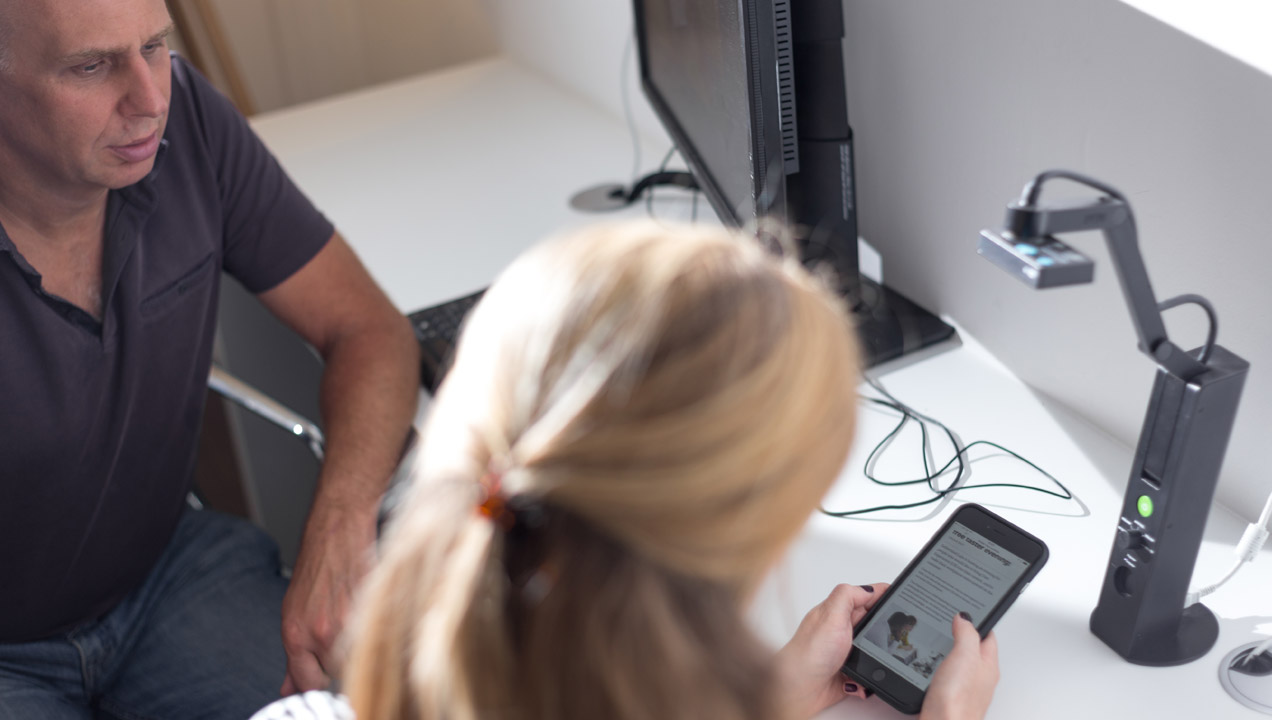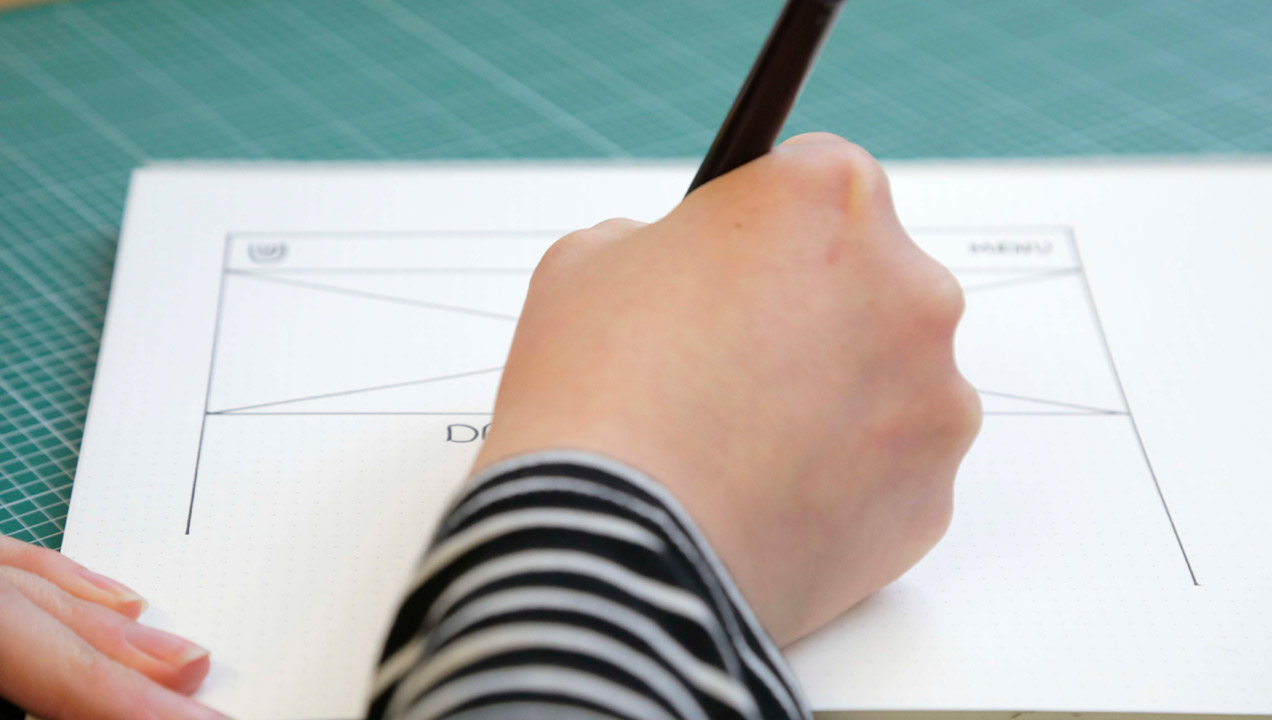The Chicken and the Egg: Prototyping and Testing
Recently in the Labs, we encountered a little hiccup. A client wanted to start market testing a new product, but they didn’t have a working prototype, or at least, they didn’t have a prototype that could accurately convey the things that made their product unique.
The earlier into the process of designing a new product or service that you get that product into testing, the sooner you can get the vital feedback to help steer it in the right direction, or to alert you to the fact that the project is probably not going to succeed in its current form. But how soon is too soon?

Kickstarter have recently introduced a new rule for their Product Design category; that you must have a functioning prototype before you are allowed to seek funding for your project on their site. While this was intended to prevent people with limited design experience from promising the world and delivering nothing, it also gives a pretty good guideline for designers regarding when they should be introducing their product to the general public.
Prototypes generally lack some of the features that the final product will possess, and product testing with users is a good way to determine which additional features would be a good idea, but they are still testable from the moment they have any unique feature.
The most important features to demonstrate relate to your prototype’s primary purpose. If you are demonstrating a singing toothbrush, even if you have developed an amazing AI DJ with a music library that puts Spotify to shame, you still need to remember to attach bristles to the thing.
Not every feature needs to be demonstrated in your prototype. If a function of your prototype has already been demonstrated elsewhere, either by one of your own products or by a competitor’s then it isn’t essential to have it implemented before testing, provided that the users who are testing it have a solid understanding of how the different features are going to integrate.

As anyone who has ever designed a product knows; time gets tighter the further you are through the process. Anything that you are introducing to a product after the prototyping stage is at risk of being cut to keep the scope of the project within its limits. So, a prototype is more than just a demonstration of the new features, it is also a statement on your intentions for the product.
The downside of this is that functionality tends to get heavily favored in the early stages of product design, with the end result that aesthetics, user experience and usability become “add-ons” that can be trimmed when the timeline is getting too tight. This is bad for many reasons, but the ones we are going to focus on relates to the prototyping stage. Users that are testing a product with poor ergonomics and UI are going to like it less than the finished products that they use on a regular basis. This may influence the responses that you get to the point that the data collected in user testing is all tainted.
The other downside of waiting until the second half of the production schedule before adding a little “sparkle” to your product is that the designers are also human, and they need a feeling of accomplishment in their work to maintain momentum throughout the project. If time is taken to make the prototype something to be proud of, the designers will be proud of it, they will be invested in the project and you will get better work out of them. This still holds true if there is only one designer, and that designer is you.
If time is taken to make the prototype something to be proud of, the designers will be proud of it, they will be invested in the project and you will get better work out of them.
Taking some extra time to make a prototype shine before sending it off for testing can completely change a project’s trajectory. It increases the investment that you lose if the product fails at an early stage, but it also increases the product’s chances of progressing to a later stage.
Finding the balance between being prepared for failure and planning for failure is essential to any project. Not just product design.
